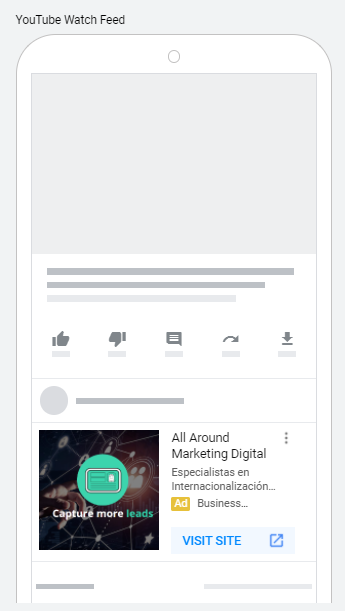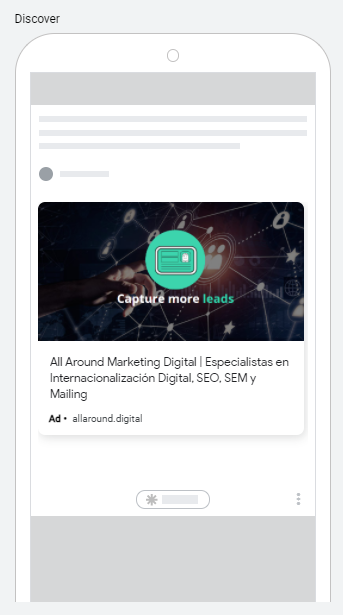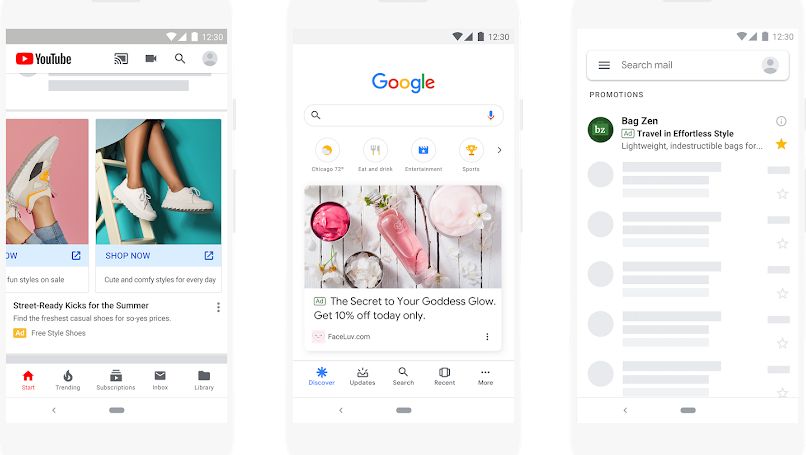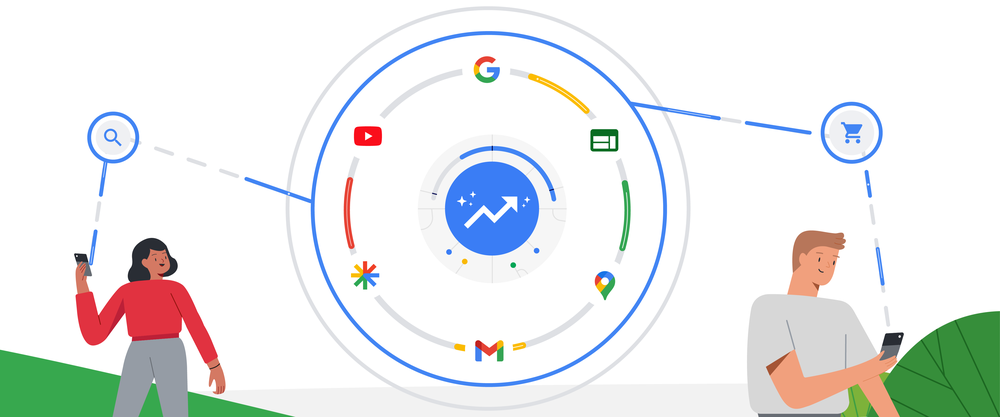It’s a fact that Google’s display network is a heavy-lifter within advertisers’ strategies, especially for visibility and brand awareness. To those of us who do this for a living, historically it has been difficult to manage performance-based display campaigns since this type of campaign never worked particularly well with performance based objectives (sales, leads or other qualified actions).
A couple of years ago Google launched a new type of display campaign 100% focused on results, called Discovery Ads. Discovery campaigns are a modern, cost-effective display concept, where customisation and audiences play an important role.
Having tested these types of campaigns several times since they came to market, we can highlight some obvious advantages:
Very wide coverage
2.9 billion users. Yes, yes, you read that right. Discovery display campaigns have much higher reach than any other type of display available on the Google Ads platform. The reason is simple: these campaigns include the possibility to segment to all the available feeds of Google properties like Youtube, Gmail, in addition to the massive GDN network. So you can reach a large number of users to be reached with a single campaign.
Segmentation and audiences
Targeting in Google Discovery Ads is based on Google audiences: interests, market, and affinities.
Configuration is similar to a standard Display campaign although it is recommended to begin with wider audiences, selecting the entire cluster of the topic we want to cover and adding as many as possible. The idea is to optimise as we identify which audiences work best and refine the target.
Ads
Following a process similar to responsive display ads, we only have to upload the basic assets: titles, images and logos. It’s the tool itself that will shape your ads by dynamically alternating those assets to create the most relevant ads based on the targeting we’ve selected and the target CPA or “maximize conversions” bid strategy.
There are two types of ads available here: discovery ads and discovery carousel ads.



Here are the items we need to provide that will be optimized by Google to create different ad combinations:
- Maximum 5 titles (40 characters)
- Maximum 5 descriptions (90 characters). Ideally, give additional information not included in the titles.
- Up to 15 different images of our products or services. They should be relevant and not contain buttons or a logo within them.
- Company name and logo.
- Final URL of the website or landing page where we want to drive campaign traffic
- CTA button (Call to Action). This is selected by default and there are quite a few options.
If you select the carousel format for your ad, you can include up to 10 card images.
The advantage of these ads is that they run on a large scale and adapt to native formats in Google properties. They’re designed for consumers to discover whilst they view their favourite content and receive feed-based experiences. In addition, they use machine learning so you can create and display your content across devices. They also include automatic bidding options to assist with meeting your media performance goals. You can use the ‘Maximize Conversions‘ or ‘Target CPA’ bid strategies to optimise campaigns and meet your marketing objectives.
Requirements for Google Discovery Display access:
- Comply with Google Ads’ personalized advertising guidelines and ad policies.
- You need to enable global site tagging in your account.
What has been our experience with discovery campaigns so far?
In our agency, we’ve used Discovery ads as a way to expand reach and impressions at very specific strategic moments (promotions, new releases, etc.). In addition, we’ve used them with a secondary but important objective: generate traffic to collect users in retargeting and performance pools.
Our experience with these campaigns has focused primarily on lead generation. The results have been quite promising:
- CPLs were around 38 euros (for a product that usually hovers around 100 euros on average).
- More than 7 million impressions were generated in approximately 2 months of campaigning with a surprisingly high CTR for display (between 2% and 3%), so that is over 160K clicks.
- We learned that it is necessary to have a larger budget: not any old budget will do. Our recommendation is to leave a wide breadth for potential spend for testing such campaigns. Otherwise, you will miss out on some of their potential.
It’s not easy to stay up-to-date with all the new possibilities that are continually added to the Google Ads platform every year. Display is certainly a pillar with a lot of potential and should not be overlooked in any comprehensive digital marketing strategy. If you’re considering an assessment of your current strategy in Google Ads or looking for advice and management from scratch, contact us and we’ll help you with your strategy.
More posts about: Generate more leads







